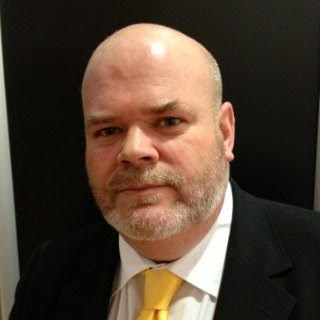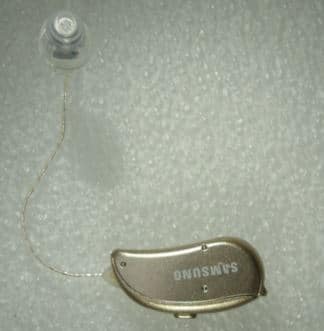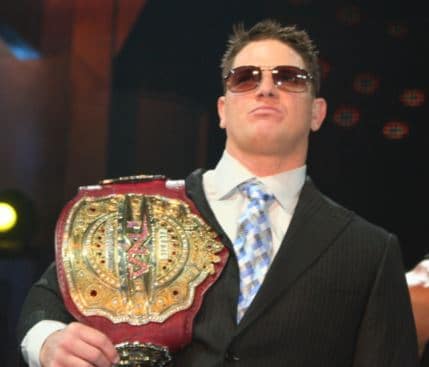By Geoff Cooling

Geoff Cooling
It seems that on a regular basis something happens that gives the field of Audiology pause for thought. In recent times it has been confirmed that heavyweight Samsung will soon enter into our industry. This has been known for some time, but the point of entry was up for debate, but now appears that it will be a PSAP or something similar.
There has been much discourse on this matter; however, I feel that much of it actually misses the real crux of what is happening. The focus of the conversation is on the tactical implications of such equipment becoming available.
I think the mid- to long-term strategic implications have been missed, let me explain:
Not the First
This isn’t the first entry to market of a device that tears down the walls between audio equipment and hearing aids. There has always been a PSAP market and there always will be. However, in the last few years, there have been entrants to that market who have decided to expand it exponentially and establish these devices as a real option for the hearing impaired.
We saw Soundhawk, and then Eargo begin to do just that.
This all happened while hearables had suddenly became a mainstream word, inside and outside our industry. The hearable space has exploded in just a few short years. The Dash from Bragi has been hanging around a long time and now has finally begun to be delivered, Doppler Labs is gaining massive traction with their Here Active Listening Earbuds.
Wearable Computing

Samsung’s Earcle PSAP
The opportunities presented by the concept of hearables for a true wearable computing device is not being ignored. There is huge interest in the opportunity for in-depth health and activity tracking. This interest is driven by the so-called worried healthy. The very people who drive the activity wearable space which is expected to have a market value of up to $25 billion US Dollars by 2019.
This new breed of hearable device is just a few short steps away from hearing aids. however, they are certainly not focused on the traditional hearing aid consumer. That is not the point though. The point is that there is huge innovation within the space and they are being celebrated heavily in mainstream media and culture as breakthrough devices.
The entry of a company like Samsung to this market, however, transforms it from the edgy ‘early-adopters’ culture into the mainstream. This is the strategic implication that is being missed. Samsung hearables will transform the market from niche users at the cutting edge, to the normal hum drum of the mainstream.
It will deliver prestige to, and acceptance of, other hearables and PSAP devices simply by association. In essence, this is a market that is about to mature, become mainstream and, most importantly, be accepted and introduced to consumers worldwide.
What Impact?
So what impact can we expect from this new state of affairs?
The lines between hearing aids and hearables will continue to blur over the next few years. Dependent upon what occurs on a regulatory level and within the technology space; traditional hearing aid manufacturers may well have to look at different strategies for their devices and different routes to market. This will be a simple business-based decision for them–if they are to survive they must respond to market realities.
This will mean that hearing professionals will likely need to take a strong look at our revenue models. Up to this point, many have relied on hearing aids as their main source of revenue. I understand that, because the revenues traditionally generated by hearing aid sales are large.
I believe that this is going to change dramatically. In fact, I think hearing aid sales as a revenue center may actually cease to exist for the Audiology profession.
With this potential in mind, we need to build different revenue models. Those revenue models will need to be based on diverse offerings and services.
The only constant in our world is change, we in the Audiology profession will need to realize that and adapt accordingly. In the next part of this article I would like to talk about our options.
Image courtesy wikimedia commons
Geoffrey Cooling is a regular contributor to HHTM and is the co-founder of Audiology Engine, a company offering web services to hearing healthcare practices. He is a qualified hearing aid dispenser in Ireland and worked in private practice. Following private practice he began work for a major hearing instrument manufacturer. Geoffrey has written about online strategies and business development for hearing healthcare on the Just Audiology Stuff blog since 2009. He has a passion for futurism, technology, online marketing and business development.







“In fact, I think hearing aid sales as a revenue center may actually cease to exist for the Audiology profession.”
This sky-is-falling conclusion marrs what is otherwise an insightful article. Optometry has continued to thrive despite optics being available literally everywhere. Yes, they’ve had to adapt but their profession continues to serve those needing professional, specialty care. We must expand and enhance our professional offerings separate from the device do we can serve those who walk in with any variety of hearable. On this point the writer right on!
I used some artistic licence with that conclusion I will grant you, however, I stand by the possibility. As hearables and psaps get more technologically advanced self fitting and fine tuning will become an option. As this becomes mainstream, many will use the feature. You said that Optometry continues to serve those needing professional, speciality care and I agree that we in our profession will continue to serve those people. However, as the available technology evolves, I would question just how many people that would be. This is what I mean by losing hearing aids as the revenue centre it currently is.
The possibilities for change are boundless, the only thing that constrains them is innovation, the evolution of technology and imagination.
Let’s hope that Samsung and others that want to enter this market have thoroughly vetted all aspects of the delivery process. If not, they will run into some predictable, and not so predictable challenges. The FDA has some significant issues ahead, and needs to hear from many stakeholders.
Let’s hope they reach a decision that is in the best interests of consumers, but with some common sense input from clinical providers. That might be the biggest challenge of all.